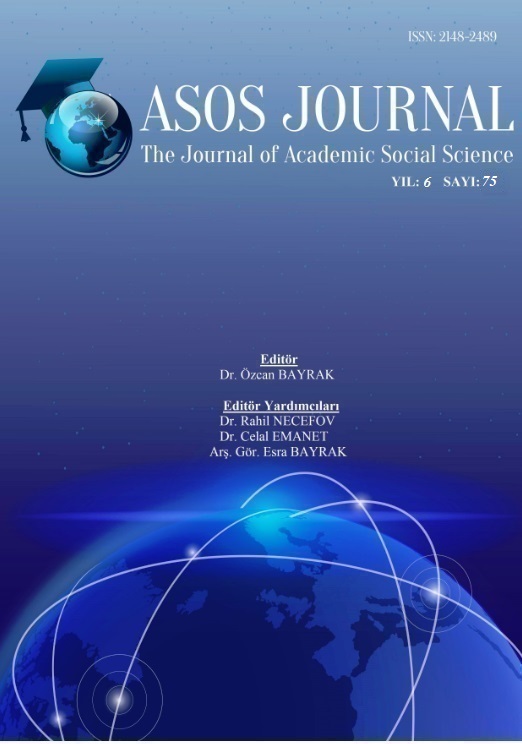Author :
Abstract
Finans Eğitimi'nin karşılaştığı problem çok katmanlıdır ve tüm yükseköğretim müfredatlarında ve öğretim uygulamalarında ortak olan birkaç faktörü içermektedir. Finans sınıfları genelde çok büyüktür ve öğrenci ve öğretim üyeleri arasında en az kişisel etkileşim olanağı sağlayan büyük sınıflarda dersler işlenmektedir. Büyük sınıflar öğrencilerin sınıf içerisinde kendilerini göstermelerine fırsat vermemekte hatta sınıf içerisinde öğrencilerin kaybolmalarına ve sınıfla ilişkilerinin kesilmesine neden olmaktadır. Ayrıca içeriğin karmaşıklığı, öğrencilerin hazırlık derecesinin farklı düzeyleriyle birleşince, pek çok eksikliğe ve daha düşük geçme notuna ve öğrencilerin finans dersinden hoşnutsuzluklarının artmasına neden olmaktadır. Finans eğitimcileri farklı eğitim modelleri deneyerek bu sorunlara çözümler üretmeye ve daha etkin bir finans eğitim modeli ortaya koymaya çalışmaktadır. Bu çalışmanın amacı son dönemde finans, muhasebe, ekonomi ve benzeri alanlarda uygulamaya konulan ters yüz edilmiş sınıflar modelini tanımlamak, neden tercih edilmesi gerektiğini ortaya koymak ve finans eğitiminde ters yüz edilmiş sınıflar modeli ile ilgili kuramsal bir çerçeve oluşturmaktır. Bu araştırma, finans eğitiminde pedagojik yöntemlere yönelik gelecekteki araştırmalar için bir temel olarak kullanılabilecektir
Keywords
Abstract
The problem facing Finance Education is multi-layered and includes several of the factors common to all higher education curricula and teaching practices, as synthesized in the literature review. Finance classes are commonly very large and taught in an auditorium setting, which allows for minimal personal interactions between students and faculty members; the large setting allows for anonymity and possible disengagement from students; and the complexity of the content coupled with the widely differing levels of student preparedness leads to many absences and fewer passing grades. Financial educators try to solve these problems by trying out different education models and try to create a more effective financial education model. In this context, the method of flipped classrooms which is recently applied in the fields of finance, accounting and economics is the main theme of this study. The purpose of this study is to identify the model of the flipped classrooms, to explain why they should be preferred, and to establish a theoretical framework for flipped classrooms in finance education. This research will be used as a base for future research into pedagogical methods in finance education.





